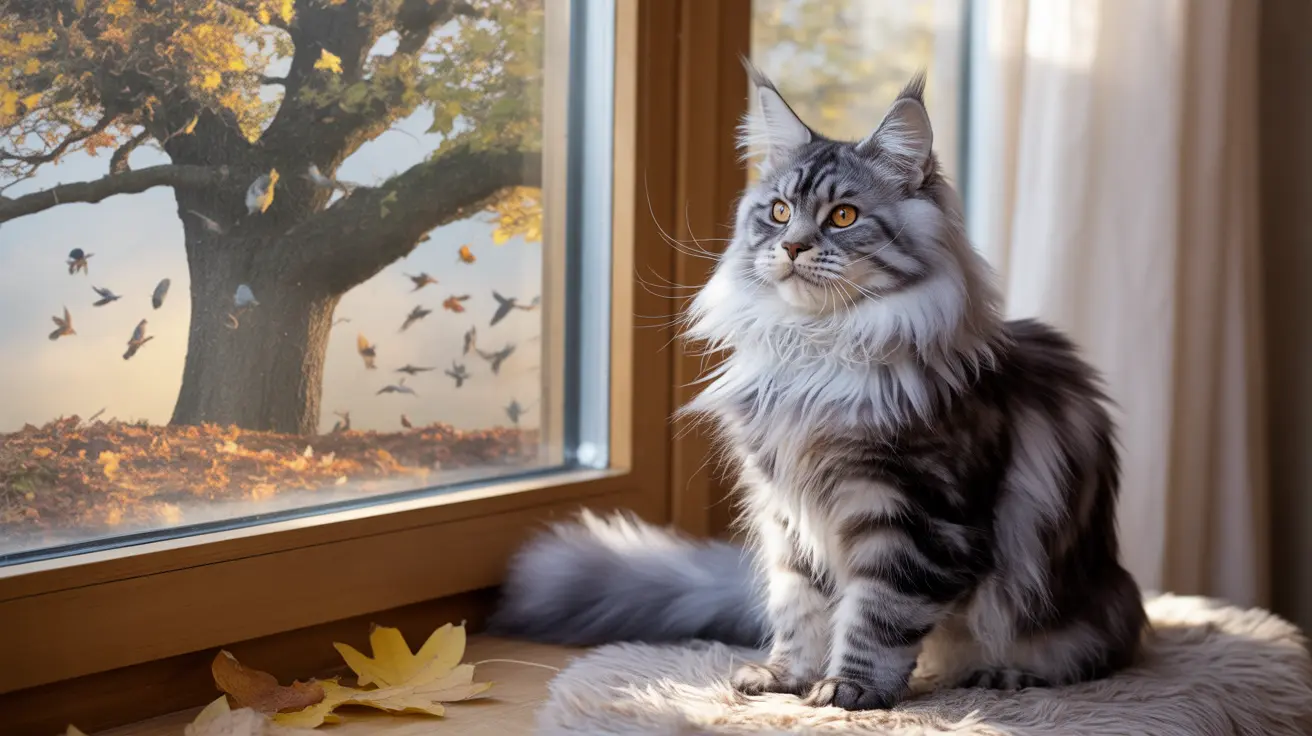The Natural Behavior of Cats vs. Dogs
Cats are inherently territorial and solitary animals, vastly different from their canine counterparts. While dogs thrive on pack interaction and social play, cats generally prefer familiar environments and limited interaction with unknown felines. This fundamental difference in social behavior is the primary reason why cat parks aren't practical.
Most cats become stressed when forced to share space with unfamiliar cats, potentially leading to aggressive behavior, anxiety, and health issues. Their territorial nature means they need time to establish boundaries and safe spaces, something impossible in a public park setting.
Safety Concerns and Practical Challenges
Creating a safe outdoor space for multiple cats presents numerous challenges. Cats are natural climbers and excellent escape artists, making it difficult to construct truly secure boundaries. Even if escaped-proof fencing were possible, the cost and maintenance would be prohibitive.
- Risk of disease transmission between cats
- Potential for fights and injuries
- Stress-induced health problems
- Exposure to weather elements
- Difficulty monitoring multiple cats simultaneously
Successful Alternatives to Cat Parks
While traditional cat parks may not be viable, several alternatives have proven successful in providing cats with enrichment and socialization opportunities:
Cat Cafés and Lounges
These controlled indoor environments have become increasingly popular worldwide. They offer:
- Carefully monitored interactions
- Safe, escape-proof spaces
- Comfortable retreat areas for cats
- Professional supervision
- Temperature-controlled environments
Home-Based Solutions
Many cat owners have found success with:
- Catios (enclosed outdoor patios)
- Indoor cat gyms
- Window perches
- Supervised harness walking
- Interactive indoor play spaces
Enrichment Without Cat Parks
Instead of seeking public cat parks, focus on providing enrichment that aligns with feline nature:
- Create vertical space with cat trees and shelves
- Rotate toys to maintain interest
- Install window perches for safe outdoor viewing
- Consider leash training for controlled outdoor experiences
- Set up interactive play sessions at home
Frequently Asked Questions
Why aren't there public outdoor cat parks like dog parks?
Cat parks don't exist because cats are territorial, solitary animals that generally become stressed in unfamiliar environments with unknown cats. Unlike dogs, cats don't require or benefit from group socialization with strangers.
How do cat cafés and lounges provide safer social spaces for cats?
Cat cafés offer controlled environments with professional supervision, limited guest numbers, and carefully designed spaces that include retreat areas. Cats can choose when and how to interact, reducing stress and potential conflicts.
What are the main risks of letting cats roam in communal outdoor areas?
The main risks include territorial disputes, fighting, stress-related health issues, escape possibilities, disease transmission, and exposure to weather elements or predators.
How can I safely give my cat outdoor access without a cat park?
Consider building a catio, training your cat to walk on a harness, or creating safe window viewing areas. These options provide outdoor enrichment while maintaining safety and control.
Do cats prefer social interaction with other cats or solo environments?
Most cats prefer solo environments or limited interaction with familiar cats. Unlike dogs, cats don't naturally seek out social interaction with unknown felines and can become stressed when forced into group situations.






